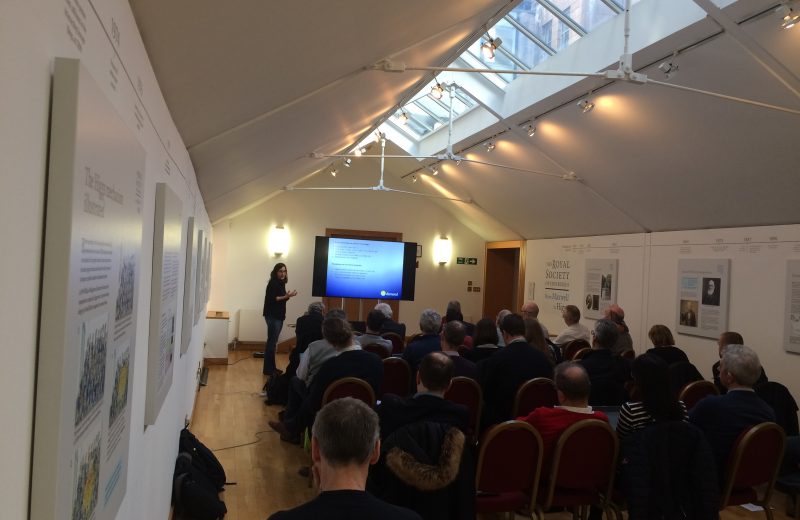Structural biology ideation event - Edinburgh
Catalyst for life sciences innovation
Life sciences are a vibrant and important economic sector in the UK, with a turnover of £64 billion every year, employing more than 233,000 people. Our combined strength in life science creates a unique opportunity for the UK to become a global hub of clinical and medical innovation – this is the vision of the Life Sciences Industrial Strategy (PDF), published last year for the Government by Sir John Bell.
The Rosalind Franklin Institute aspires to be at the heart of this vision. Described as a catalyst for life sciences innovation, our role will be to identify gaps and key challenges in life sciences for industry and academics, and invest in developing new solutions, tools, or processes, which will make research more productive.
We are currently at an exciting phase – working with the scientific community in industry and academia to identify the priorities and challenges on which we will focus our efforts over the coming years. Our work centres around five key themes; structural biology, biological mass spectrometry, imaging with light and sound, next generation chemistry for medicine, and correlated imaging.
Each theme is working on a roadmap which will guide our investment and research direction. At a recent meeting in Edinburgh, members of the structural biology community came together to discuss where the Rosalind Franklin Institute can have the most impact, identifying areas where a breakthrough in technology could change our understanding of and insight into how biological molecules behave and respond to change.
Molecules of life
Structural biology is an incredibly important part of drug research and in understanding fundamental biology. It examines how proteins, the ‘doing’ molecules of life, perform their roles in providing form and function to living structures. This information is essential in understanding disease processes, and when a target protein is identified, understanding its detailed three-dimensional shape at the atomic level allows the design of a drug molecule perfectly tailored to interact in the desired way.
Understanding the molecular world in biology has moved forward massively in the last decade. Advances in electron microscopy and increases in the productivity and range of samples that can be analysed at synchrotrons now allow biologists to see this molecular world more clearly than ever before.
However, there are still important gaps that prevent researchers from making the most of these improving capabilities. In Edinburgh, participants discussed the widening gap between analysing samples at high-tech facilities and the processes used in the lab to prepare samples for analysis. With samples being processed in seconds, the ability of scientists to physically prepare enough sample is reaching its limit, and sample prep is often highly manual and time intensive. This is one of the key challenges for the Rosalind Franklin Institute to address.
Creating a cohesive picture
We also explored the links between different analysis techniques. Beautiful data is available from synchrotron, EM, X-FEL and microscopy, but linking these data sets together to form a cohesive picture of the cellular environment, from whole cell to protein level, is almost impossible. This ability to travel between length scales, and to watch processes occur in real time (known as the fourth dimension), would revolutionise our understanding of biological processes.
The power of being able to introduce a drug into a cell and watch it function at the atomic scale would be incredible but will require intensive development of equipment, sample preparation techniques, and software. The Rosalind Franklin Institute is perfectly placed to invest in this development, bringing together experts and users of these techniques to take on this challenge.
The Rosalind Franklin Institute will soon commence building a new hub at the Harwell Campus, where much of the work in addressing these challenges, and many others identified in the other themes, will take place. In the meantime, while we build, work will commence in our spokes-centres around the UK mainly based in Universities at key facilities.
This content was originally created for the EPSRC blog, available here.
